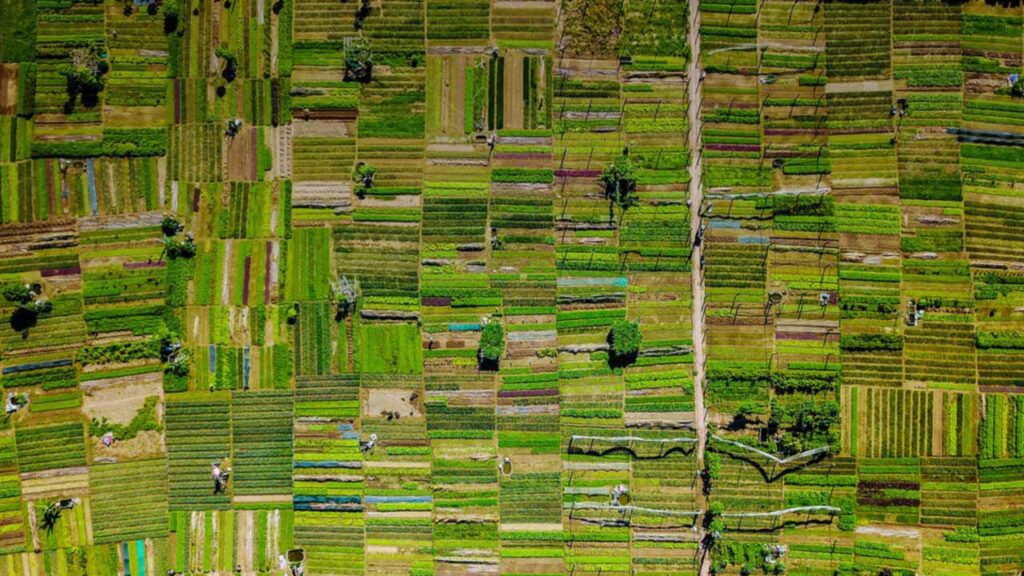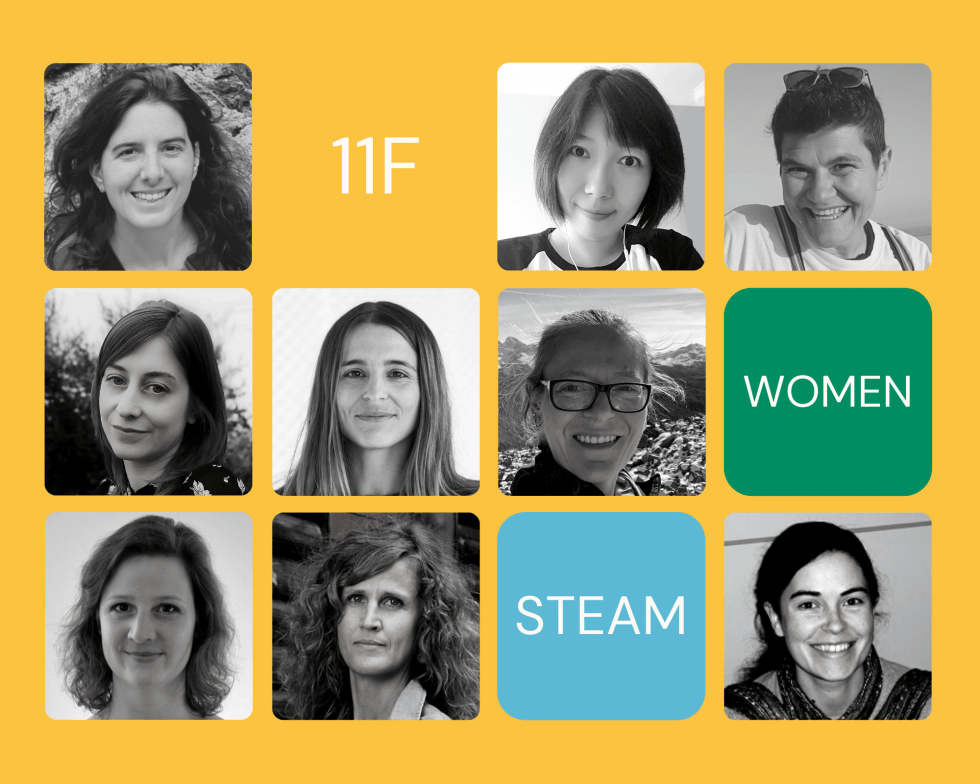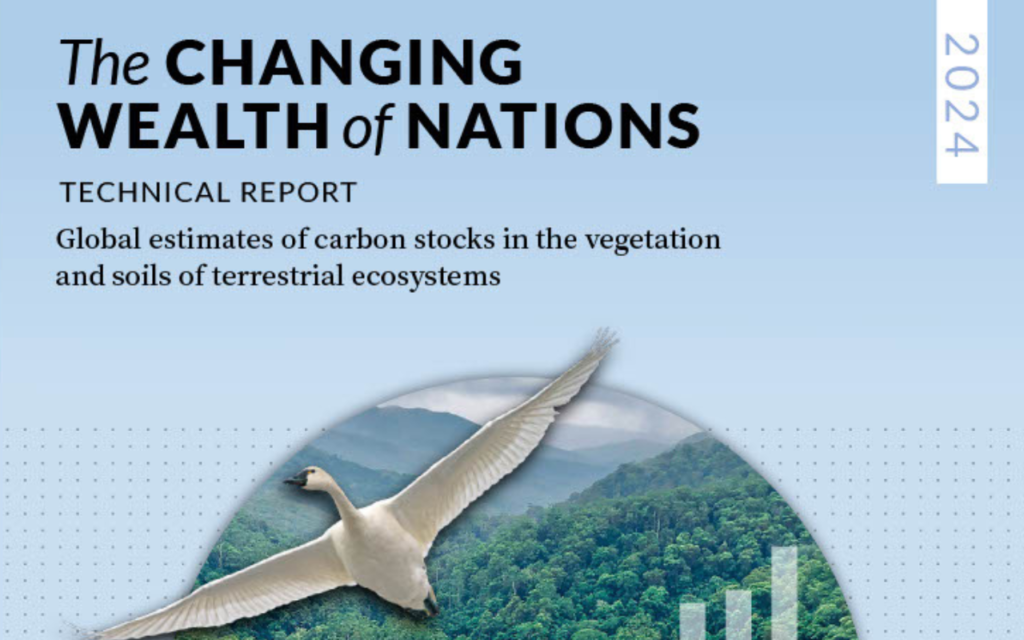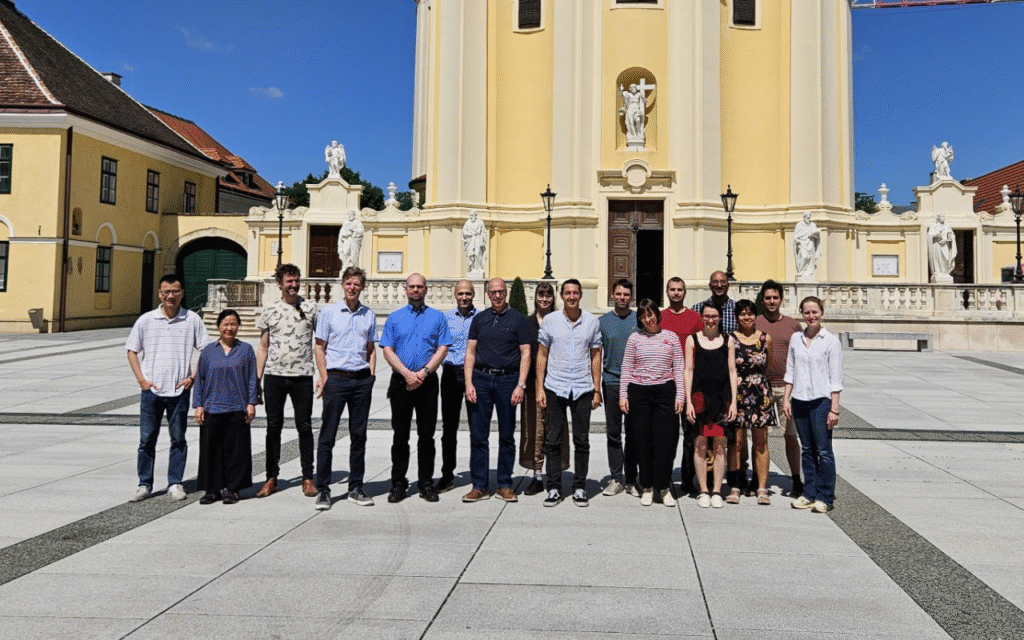Last December 2015 (from 7th to 18th) Simon Willcock, from the University of Southampton, joined some members of the BC3 team in Bilbao (Ferdinando Villa, Stefano Balbi and Javier Martínez-López) to spend two weeks coding together. The first week was devoted to work on ARIES process based ES models (mainly water and biomass). We mainly worked on implementing water velocity and sediment transport models for surface runoff and water channel flow, based on the WATEM-SEDEM model, as well as on modelling natural and crop vegetation growth based on the Lund-Potsdam-Jena General Ecosystem Simulator (LPJ-GUESS).
During the second week Dr. Vishwas Sudhir Chitale, working at ICIMOD in Nepal, joined our hackathon in order to set a basis for collaboration between the ARIES team and ICIMOD to work together on the valuation of ecosystem services in the Hindu Kush Himalayan region. The work focused on assessing values and threats to heritage sites in the Kailash Sacred Landscape. More especifically in Gangolihat, which is an area famous for for its ancient temples and underground caves. For this purpose, a new im.mca component in ARIES was developed in order to make Multiple Criteria decision Analysis methods available within k.LAB.






